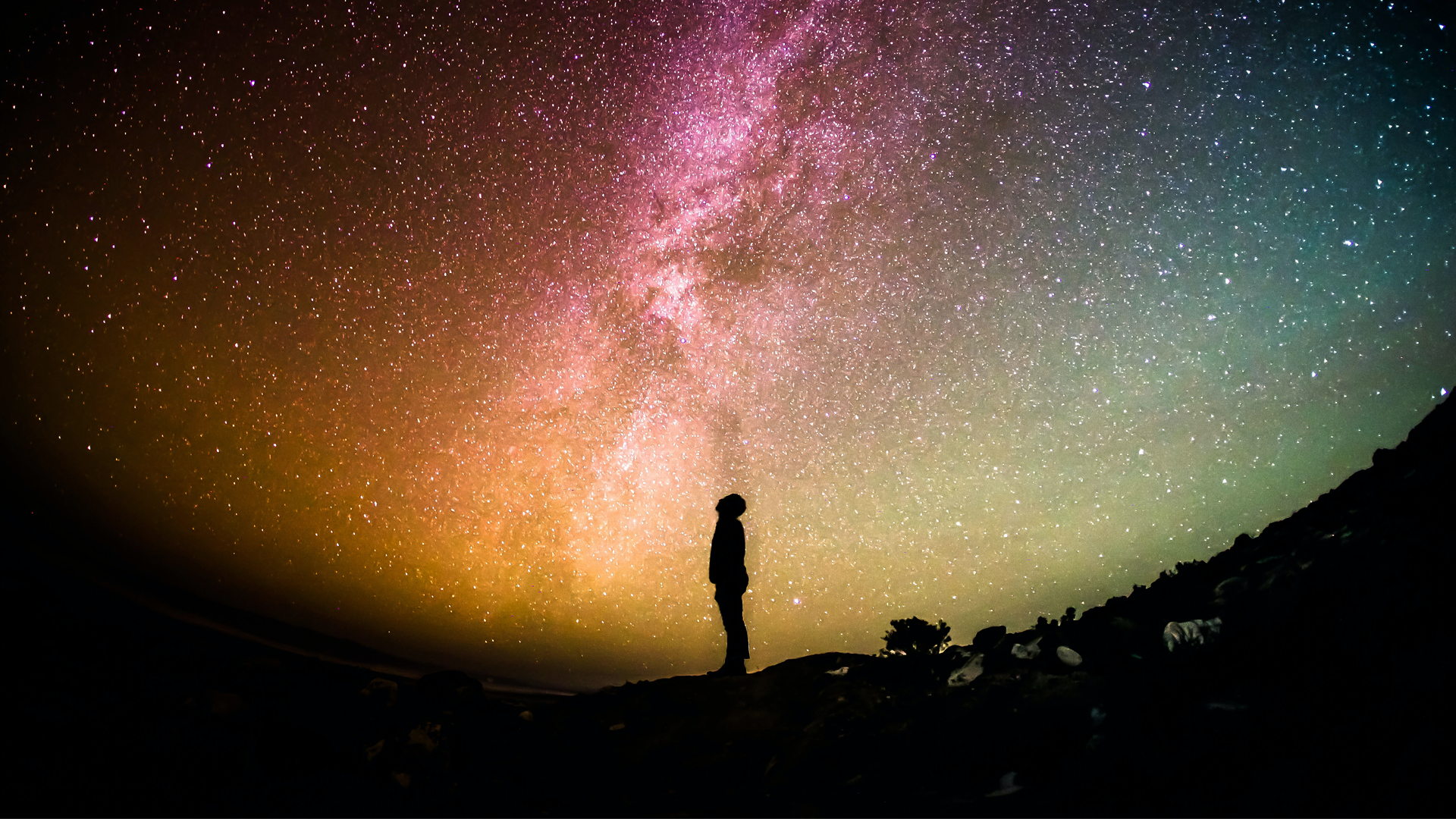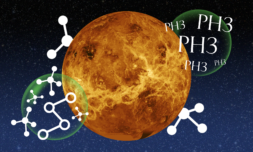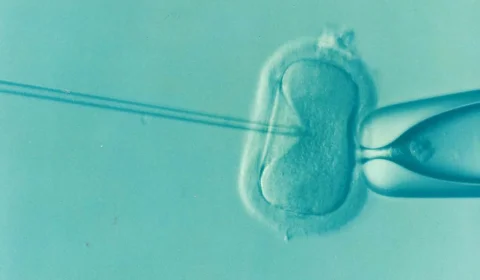Rather than searching the night sky for Earth’s literal carbon copy, scientists have found a new criterion for habitability that’s thrown up some astonishing results.
‘A planet is the cradle of mind, but one cannot live in a cradle forever’. Tsiolkovsky’s famous antique quote about curing humanity’s ‘failure to launch’ from its earthly dwelling has been picking up steam in the past few decades, with independent space agencies like Musk’s SpaceX and Orbital boasting quickly evolving technology that may soon be able to take humans spaceward, with the world-at-large increasingly giving us reasons to do so.
Once (if) Musk’s much anticipated Starships become fully operational, however, the question remains: where do we go?
In answer to this, researchers have characteristically been on the lookout for an ‘Earth 2.0’ that could potentially house human life. However, a new study suggests that in fact Earth-like planets are far from the ideal blueprint when it comes to accommodating biology. Applying a new criterion has found a bevy of new ‘super-habitable’ options – 24 new alien worlds to be exact.
Starship is the key to making life multiplanetary & protecting the light of consciousness
— Elon Musk (@elonmusk) June 1, 2020
The study, which anticipates the launch in the next few years of three very powerful new space telescopes that could tell us a lot more about our universe depending on where we point them, postulates that we should think more objectively about the metrics we use to judge planets’ suitable for life.
‘We are so over-focused on finding a mirror image of Earth that we may overlook a planet that is even more well-suited for life,’ study lead author and astrobiologist Dirk Schulze-Makuch told Space.com.
Planets ‘even more well-suited for life’ than Earth, or ‘super-habitable’ planets, are defined by the study via a shopping list of features that all make perfect sense when you break them down.
It’s thought that a super-habitable planet should ideally be in orbit around a ‘K-type’ star, or an orange dwarf. Typically a little smaller than our sun, which is a G-type star or yellow dwarf, K-type stars tend to burn for longer. Whilst the expected lifespan of our sun is about 10 million years, of which it’s already burned through half, G-type stars generally last between 20 and 70 million years.






















